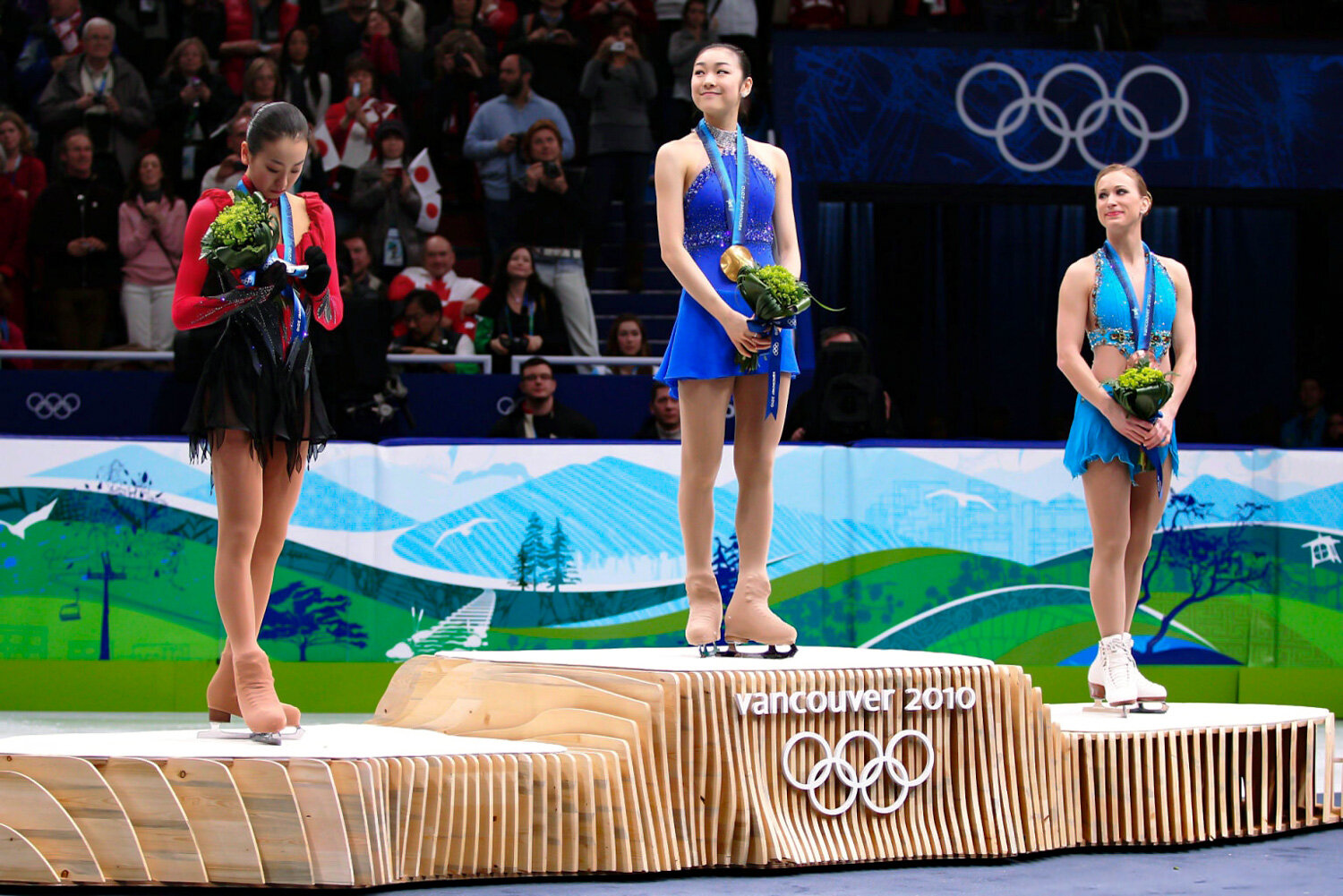
Vancouver 2010 Olympic Podium




VANCOUVER 2010 OLYMPIC PODIUMS
Inspired by the snow-topped mountains and undulating landscape of Canada, we were very focused on creating something that would stand as a kind of monument to celebrate what everyone can agree is the crowning moment for any athlete who dreams of winning an Olympic medal.
These athletes have worked, trained and struggled their entire lives to get to this point, and it seemed odd to have them stand on decorated “boxes” at the moment when their dreams come true. We talked at great lengths about how the peaks and valleys of the coast mountain range of Canada so fittingly symbolizes the highs and the lows experienced in competitive sport, especially at this level. This lead to our research of the Canadian topography and ways to represent it in a way that wasn’t overtly literal.
Naturally, wood was the first material we gravitated towards. It’s warm, inviting, and certainly plentiful in British Columbia. The obstacle we now faced was to incorporate the use of wood, but also stay away from the log-cabin aesthetic which is so often associated with Canadian wood products. In total, 23 podiums were built for both the Olympic and Paralympic games, with 18 species of wood used as a colour palette.
Another key objective was to showcase the wood and logging industry of British Columbia, which is struggling to keep it’s ground in today’s economy. We asked the Province of British Columbia to assist us in highlighting some of the logging communities which eventually donated the wood used to make the 23 podiums.
From First Nations, to businesses, and individuals across the province, each one of the podiums has a story to tell about the people and places that make up BC and about the forest industry that is the heart of so much of our culture and history.
In memory of Leo Obstbaum (1969—2009), Design Director for the Vancouver 2010 Winter Olympic & Paralympic Games.
In collaboration with Leo Obstbaum.










